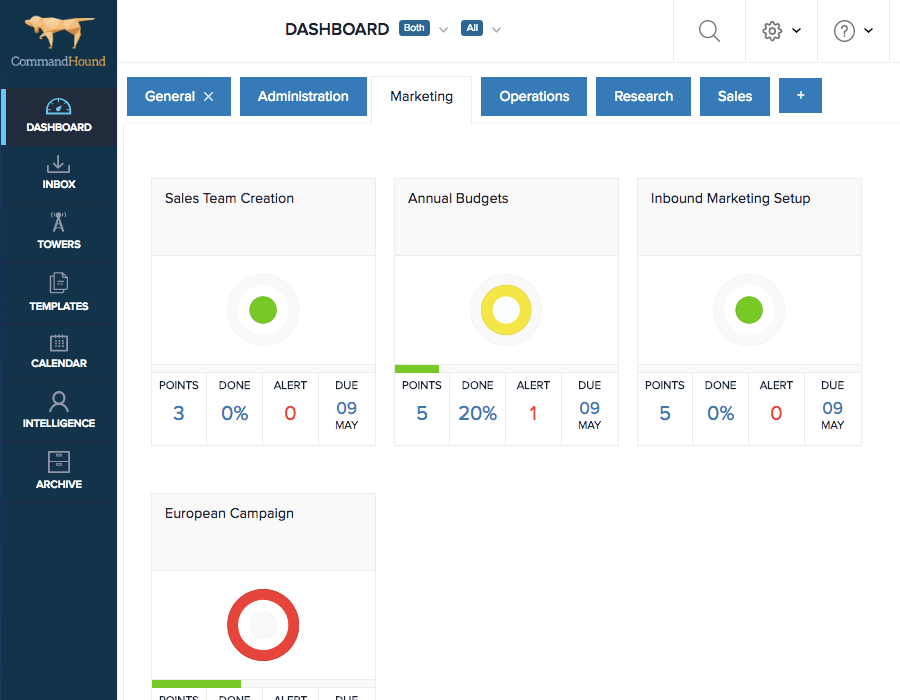Avoiding Audit Shipwrecks through Accountability
An audit manager is very much like the captain of a large ship. The captain can’t complete a successful voyage alone; no matter how skillful he is or how much time she has spent on the water.
The captain can chart the course, but each member of the crew must carry out his or her duties and tasks as planned and in a timely manner for the ship to reach its destination safely and on time. One mistake or omission could end in disaster.

Audit managers have to rely on their team to properly manage risk
Just as a ship’s captain cannot possibly keep an eye on every crewmember at all times because his place is on the bridge, an audit manager can’t micromanage a team without sacrificing the time he needs for high level duties such as dealing with client priorities, risk management and regulatory constraints.
Setting Up the Team for Success
With any complex project, a successful outcome depends on properly managing your team and their timely contributions. How does a leader institutionalize accountability to make sure things get done? By ensuring that the following three areas are covered:
Clear Communication of Expectations
- What is the plan?
- Who is doing what?
- What will the result look like?
- Casual delegation of work leads to misunderstanding and anxiety.
- Assignment of work should be clear and detailed, with a specific time frame.
Team Member Accountability
- A culture of accountability must be built into the framework of the team.
- Once managers have commutated clear expectations, an agreement should be made with team members.
- Each team member must be a stakeholder who feels a personal obligation to the success of the project.
Measurement and Communication of Results
- True accountability, that feeling of having “skin in the game,” comes from knowing that each team member’s work successes and failures are noticed and rewarded.
- Since a work plan rarely proceeds exactly as expected, progress must be tracked and assignment changes made as needed
- A manager should never be surprised that a project has gone off the rails because milestones have not been reached.
- Effective communication as work progresses is essential.
The audit “captain” is responsible for planning and steering the audit to a successful completion, but she relies on each member of the “crew” to carry out her assignment.
Team members must be empowered with a clear vision and detailed expectations. As stakeholders in the audit, they deserve for their progress to be measured and noted. Only then will accountability steer the audit to success.
Accountability Enabled
CommandHound is a tool which has been designed from the ground up to drive accountability and to make sure things get done. CommandHound ensures that each team member is accountable for their specific tasks by keeping individual scorecards of on time completion. These scorecards can, in turn, be used at performance review time.

CommandHound’s Dashboard highlights implementation areas needing attention
The CommandHound platform can ensure a timely execution of any audit by:
- Staying on top of things with ongoing reminders
- Driving a sense of urgency through relentless escalation processes
- Communicating progress status
- Keeping score of on time performance by team member
Don’t let a people problem derail your Audit. With a heightened sense of accountability, you can have a timely execution and, more importantly, mitigate the risk associated with such a complex effort.
